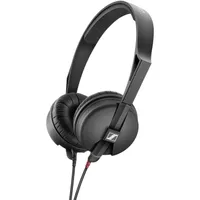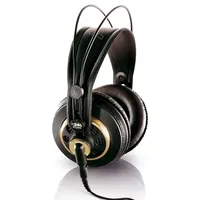Best budget studio headphones 2025: Cheap headphones to tackle every studio task
Expert buying advice, plus our pick of budget studio headphones for music-makers from just $49/£39
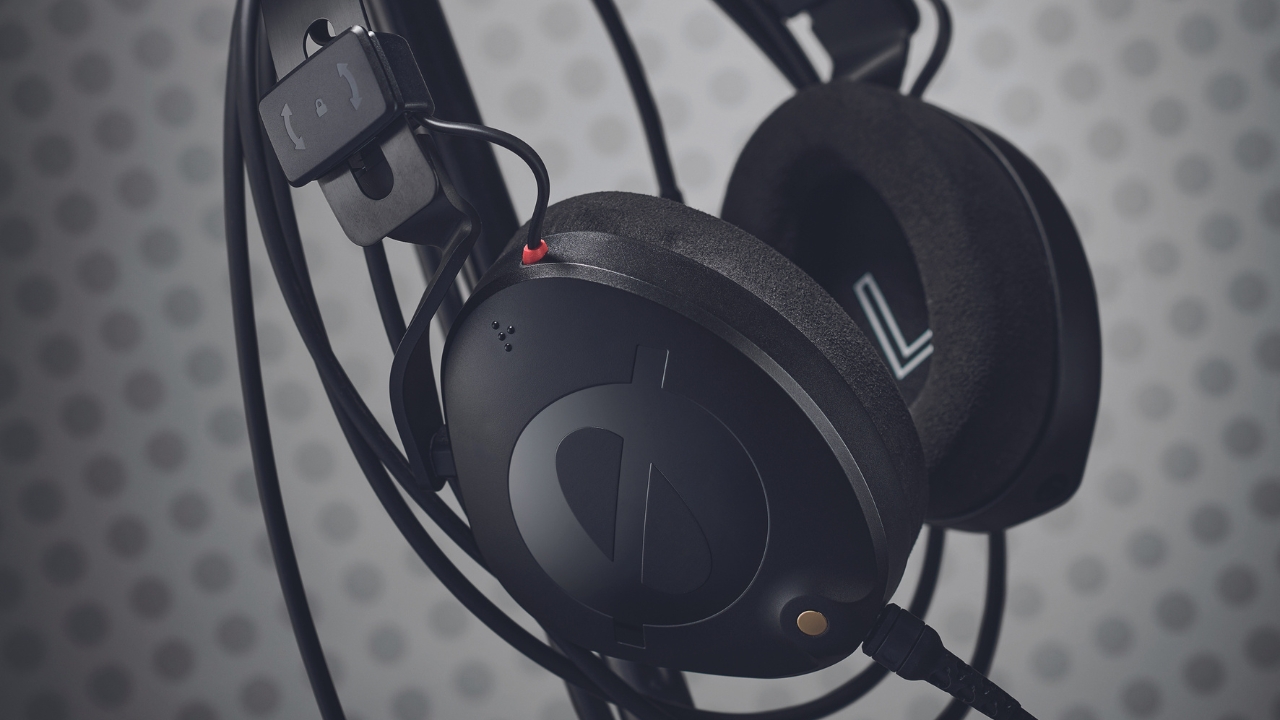
Headphones are an indispensable part of any studio environment, from minimal home-recording set-ups to professional recording studio suites. If you’re making music, you’ll need them. But good studio headphones can be hard to come by at the entry-level… right? Our guide to the best budget studio headphones is here to prove that statement very wrong.
Headphones are humble additions to any studio desk, and quietly vital in a huge variety of different ways. In the recording process, headphones are essential for delivering monitor mixes to your musicians’ ears (without adding unwanted noise to your microphone recordings); in the mix process, headphones are a crucial second reference for how your mix moves are translating - and indeed, have become a primary reference for the growing number of home producers with no monitors, or the lack of ability to crank their mixes in the room.
A good set of monitor headphones can set you back a pretty penny, but they don’t have to. Technological improvements at the top trickle down to the entry level, and the result is a hugely impressive roster of highly-affordable budget cans that boast better attributes than the expensive headphones of yesteryear.
If you want to know more about what exactly you’re buying into, check out our FAQs section at the bottom; otherwise, look no further for our round-up of the best budget studio headphones on the market today.
Quick list
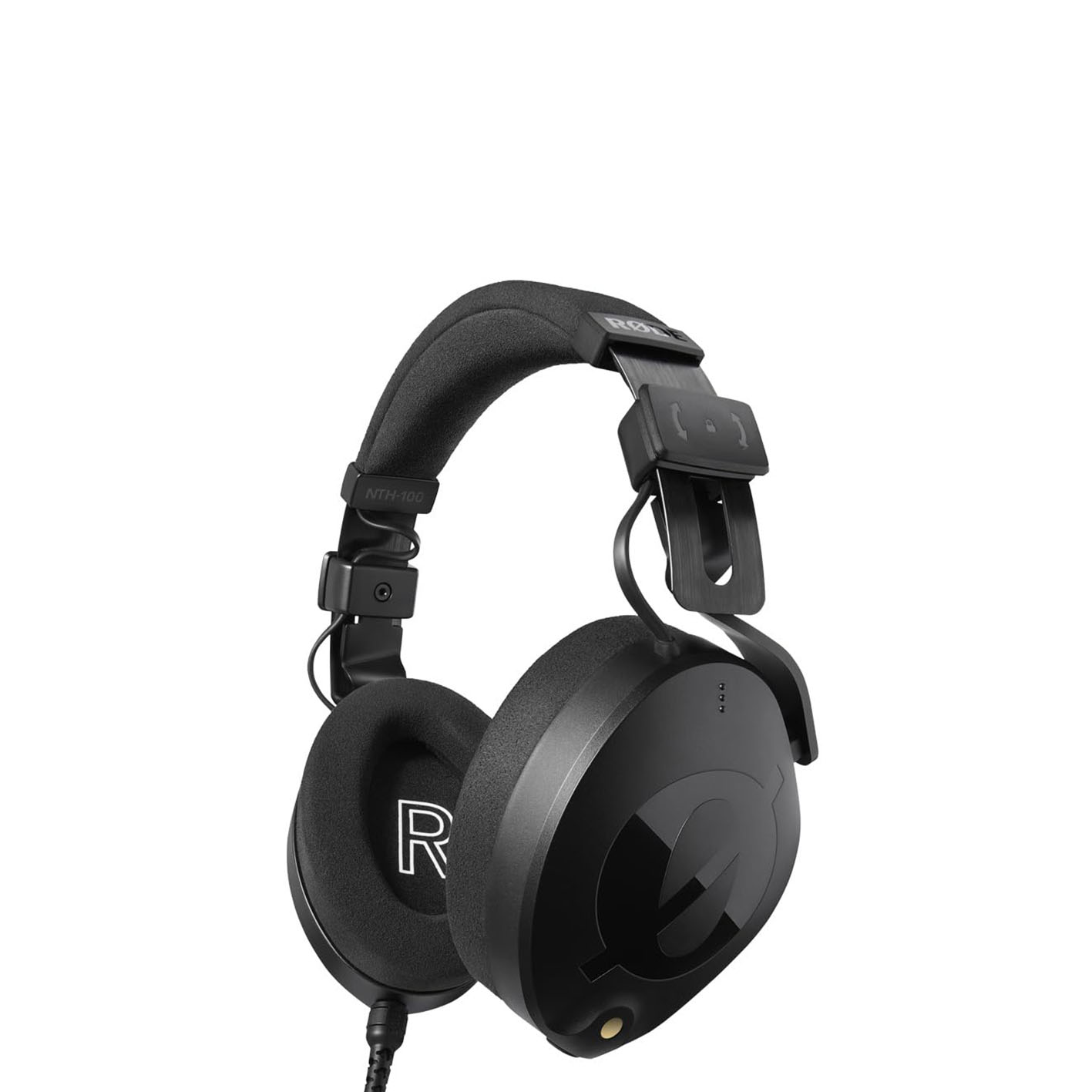
Part of the Røde philosophy is offering quality at a competitive price and the NTH-100s are a case in point. Much attention has gone into the design - the earcups have a distinctive, elongated shape for a more natural fit. The sound is great too, with the drivers delivering a fine balance of focus and width. The NTH-100s are innovative, offer a clear and faithful sound, and are comfortable and well built.
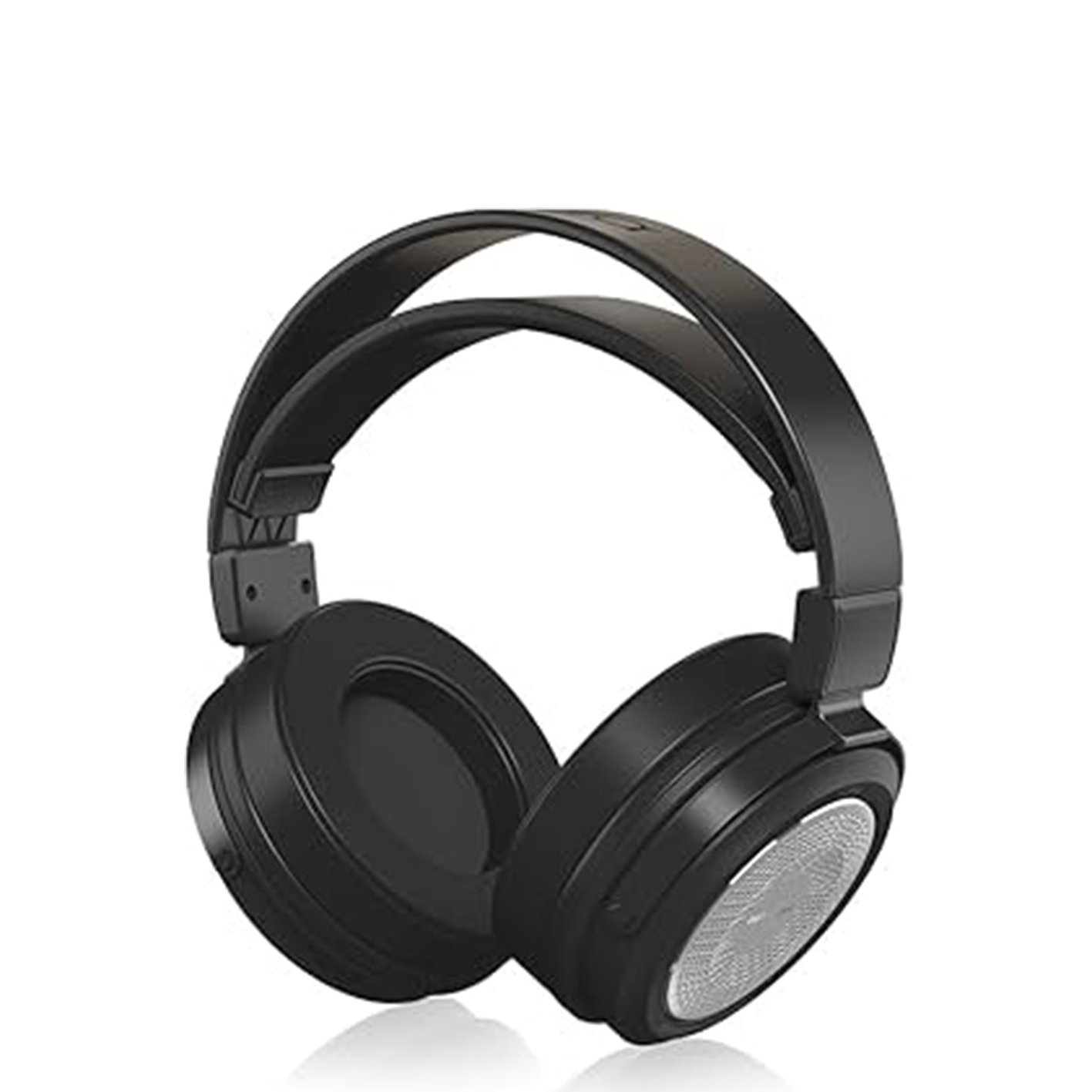
Behringer’s Alpha headphones are a remarkably affordable pair of open-back cans, affording you the chance to get some clear headphone referencing done at home. They’re a little low-mid friendly, but this can be a good thing for a listening format often given to preferring bass and treble. A great – and cheap – choice for a first-ever set of open-backs.
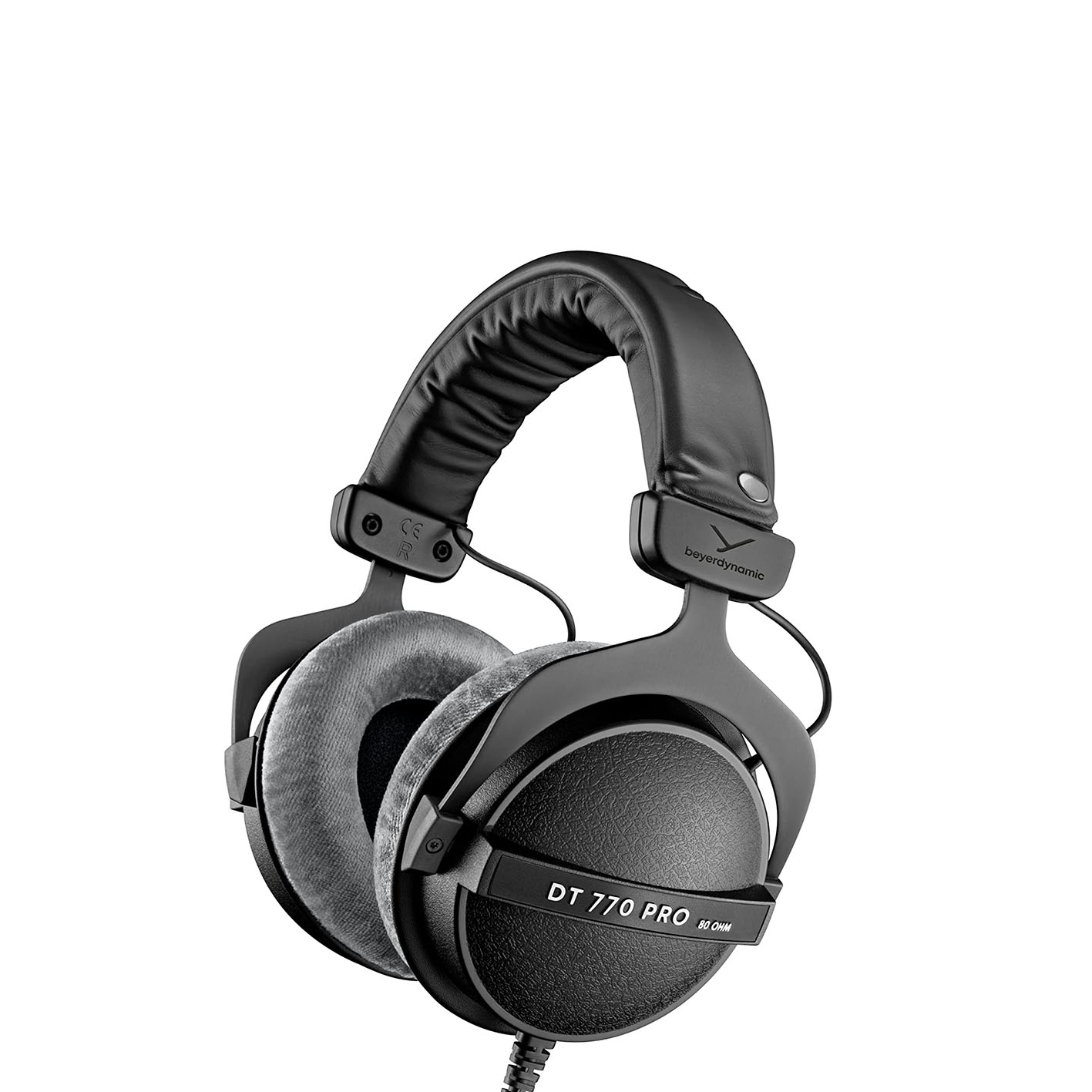
These are pricier than most on this list, but we reckon they just about qualify as a pair of budget studio headphones. For all-round studio use, we’d opt for the 80Ω model as they’re extremely well-balanced across the audible spectrum, with detailed highs and an innovative bass reflex system that delivers just enough weighty sub-200Hz punch for that feel-good factor when tracking.
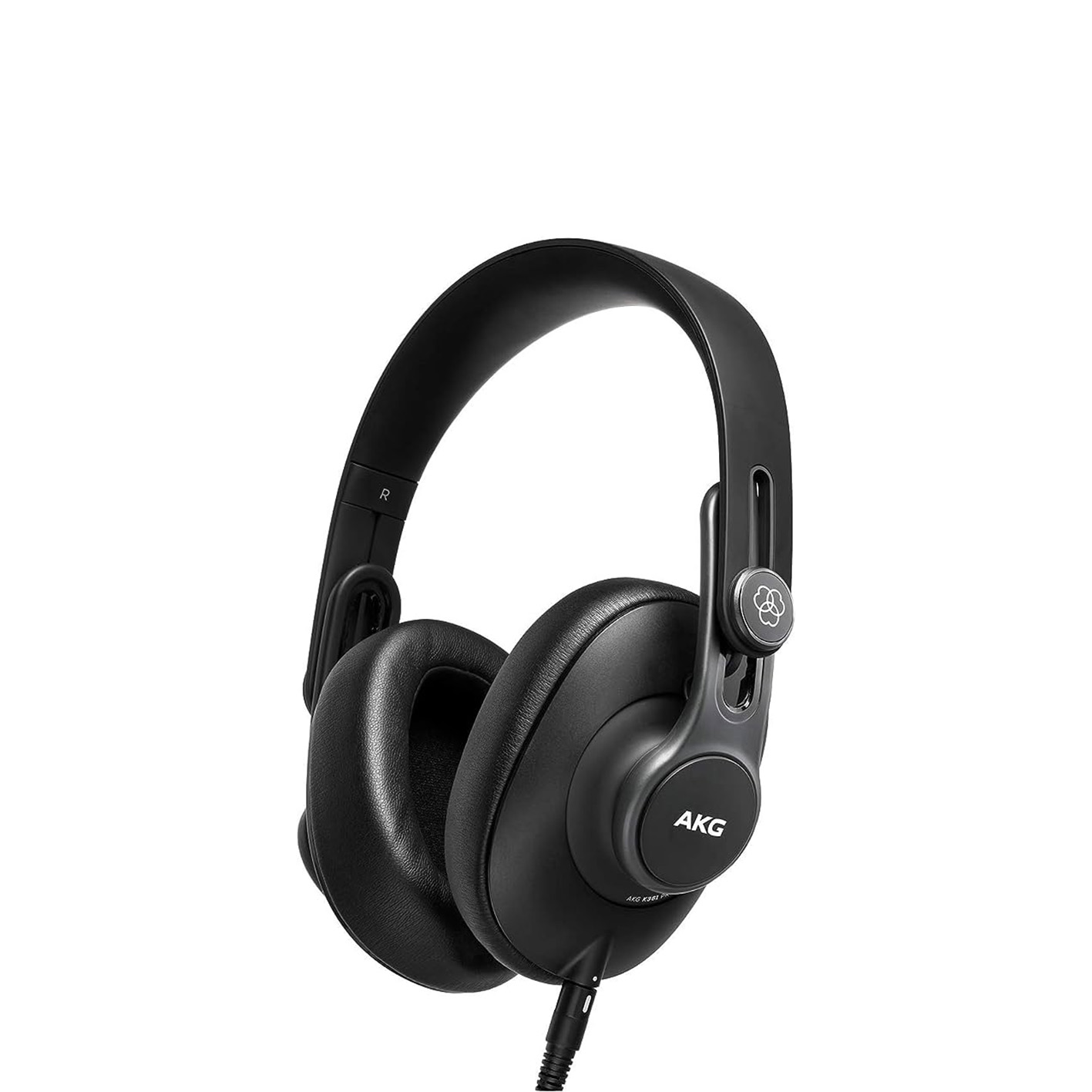
Few manufacturers come with more experience in the audio industry than AKG, and while the company's headphone range includes models like the K872 which cost over a grand, the K361s on test here are fortunately less than a tenth of the price, but still promise similar accuracy to that delivered by their elder K-sibling. They are light in weight and comfortable enough for long mixing sessions.

Featuring the company’s High Excursion Driver Technology, build quality is remarkable for the price, with strong, all-metal hinges and soft, slow-retention memory foam earpads. The cable is detachable, and therefore replaceable should the need arise, although we did find it a little on the short side at just 1.4m. The sound is neutral yet nuanced enough to reveal all the detail and resonances in your mix.
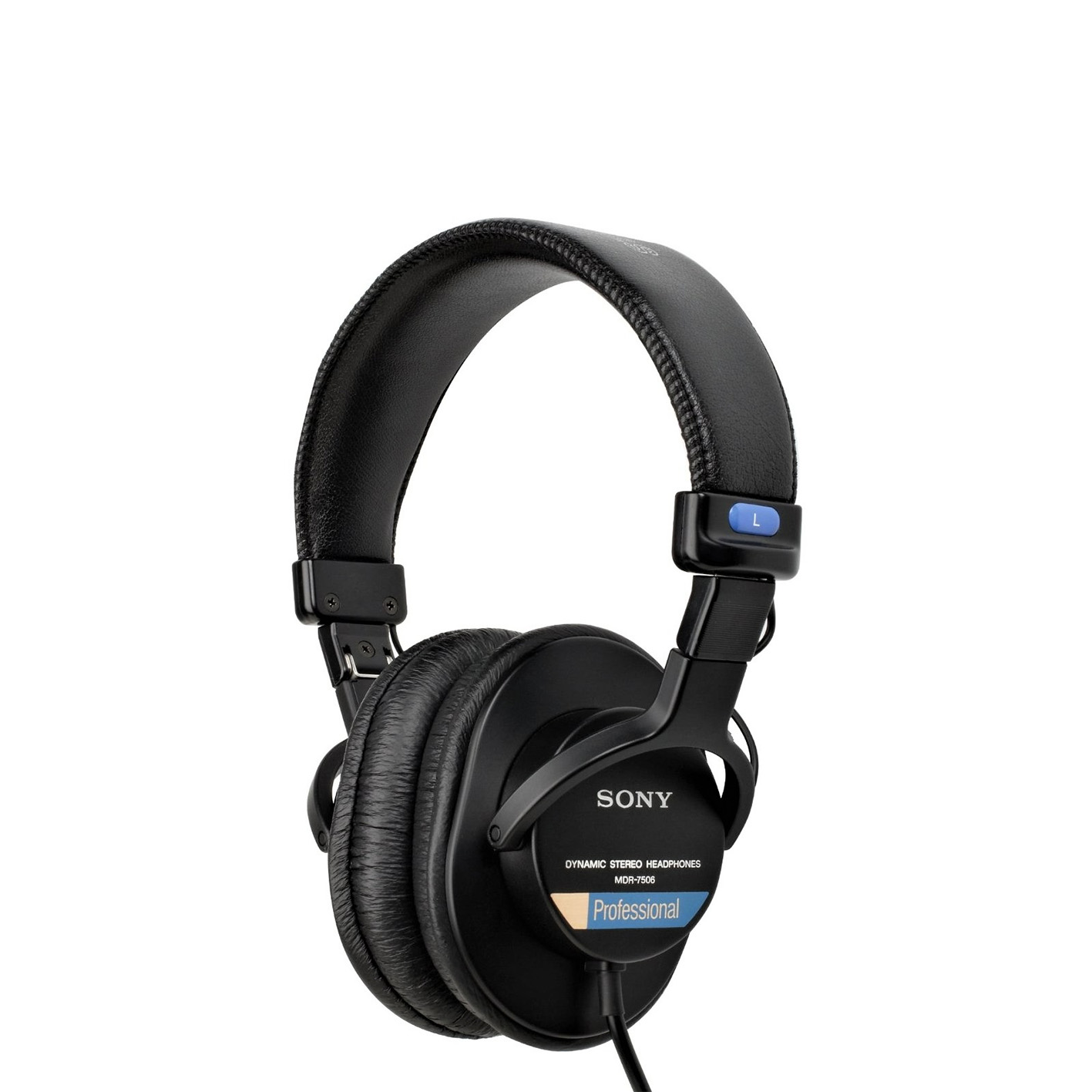
Sony’s unassailable MDR series has been around for decades and has a solid studio pedigree, borne out by decades of daily use in the recording and broadcast sectors worldwide. The current incarnation, the MDR-7506, still represents a brilliant combination of comfort, practicality and value. They're extremely comfortable to wear for extended periods and designed to expose what’s wrong with a recording rather than what’s right.
Best overall

Specifications
Reasons to buy
Reasons to avoid
✅ Buy if you need a good all-rounder: The NTH-100s will fit into a huge variety of roles in the studio, whether you're checking the low end on a mix or tracking guitars.
❌ Avoid if using on the road: There's no hard case with these headphones, so you may need to invest in one if you want to use them on the go.
Røde is mostly known for its great microphones but now has a range of other products including mixers aimed at podcasting and audio interfaces for content creators. It was only a matter of time, then, before it turned its attention to headphones and now we have the over-ear NTH-100s.
Part of the Røde philosophy is offering quality at a competitive price and the NTH-100s are a case in point. Much attention has gone into the design – the earcups have a distinctive, elongated shape for a more natural fit. The sound is great too, with the drivers delivering a fine balance of focus and width.
The NTH-100s are innovative, offer a clear and faithful sound, and are comfortable and well built. In short they are some of the best headphones we have tested.
Read more: Røde NTH-100 review
Best on a tight budget
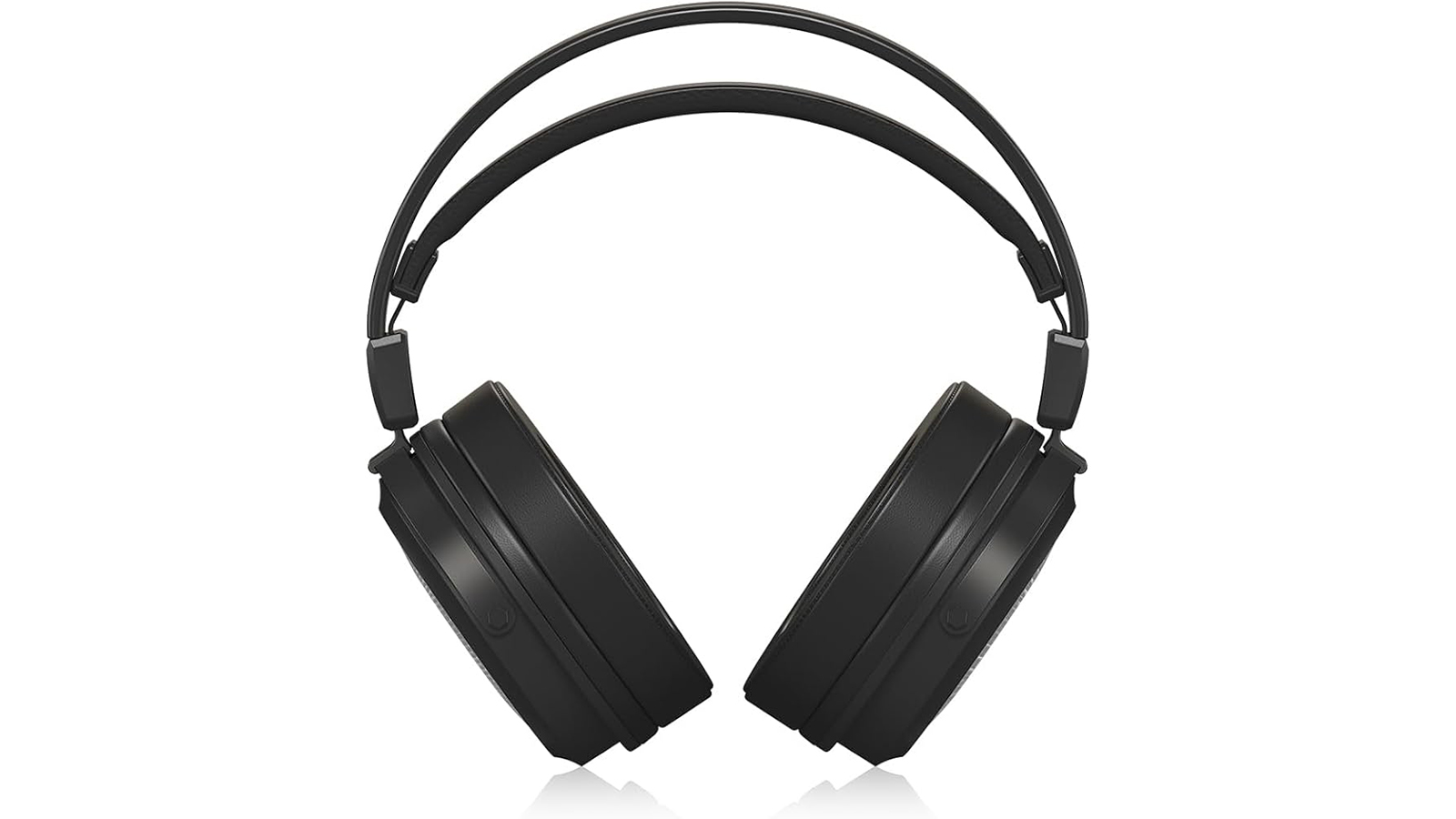
Specifications
Reasons to buy
Reasons to avoid
✅ Buy if you’re on the tightest budget: if you’re in need of a decent pair of reference headphones at the bottom of the price bracket, these certainly deliver.
❌ Avoid if you need something insulated: these open-back headphones are extremely open to external sounds, particularly higher-frequency ones. If you want something you can record with as well as mix with, go with something closed-back.
Behringer has slowly and gradually shaken off its bargain-bin reputation over the last two decades, pivoting from cash-grab cheap-plastic knockoffs to well-thought-out, well-designed and highly affordable audio equipment (that also happen to sometimes be cash-grab knockoffs). Behringer’s synth output has earned particular acclaim lately, but the audio world has slept on its recent crack at studio monitoring.
The Behringer Alpha is one of a duo of open-back headphone sets released by Behringer, differentiated only by a handful of chassis alterations. The Alpha is the cheaper of the two, and a tad weightier - but still far lighter than many of its immediate competitors, and easy to wear for long durations (both for its weight and reduced ear-fatiguing qualities).
Open-back headphones at this price point aren’t often much to write home about, but the Alpha is a surprise. Its frequency response isn’t the flattest, but there is a fuller bass response here than you might expect - and the high end is clear without being harsh. In short, these are an excellent, inexpensive introduction to reference mixing.
Best sound overall
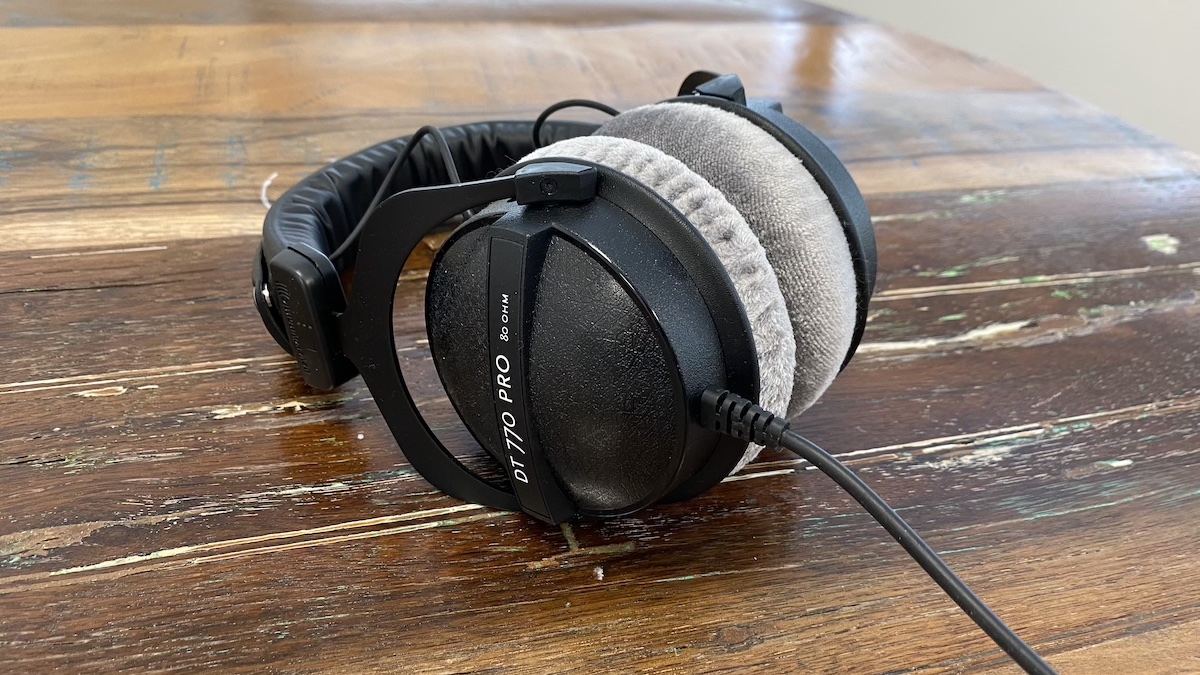
Specifications
Reasons to buy
Reasons to avoid
✅ Buy if you want the best sound on a budget: The DT 770s are the go-to mixing headphones on a budget. You're getting a lot of bang for your buck here, and they'll cover a wide range of duties in the studio.
❌ Avoid if you need portability: These headphones are quite bulky and don't fold, so could be a little cumbersome if you're the sort of musician that mixes on the move.
When it comes to pro ‘phones, no-one can say that Beyerdynamic don’t offer enough choice, as you can pick from open, semi-open or closed-back designs. The classic DT770 Pro is their closed-back offering, with a selection of models at different impedances from a lowly 16Ω through 32Ω and 80Ω up to 250Ω. They’re pricier than most on this list, but we reckon they just about qualify as a pair of budget studio headphones.
For all-round studio use, we’d opt for the 80Ω model as the best compromise, as in our experience they’re extremely well-balanced across the audible spectrum, with detailed highs and an innovative bass reflex system that delivers just enough weighty sub-200Hz punch for that feel-good factor when tracking.
Strong headband tension and velour earpads ensure a firm yet comfy fit, and the length and type of cable you get depends on the impedance model you go for – the 80Ω model ships with a 3-metre, straight cable. As a bonus for the hard-working studio owner, all parts are replaceable so you needn’t worry too much about giving them to accident-prone backing vocalists to use in session.
Read more: Beyerdynamic DT 770 Pro review
Best for comfort
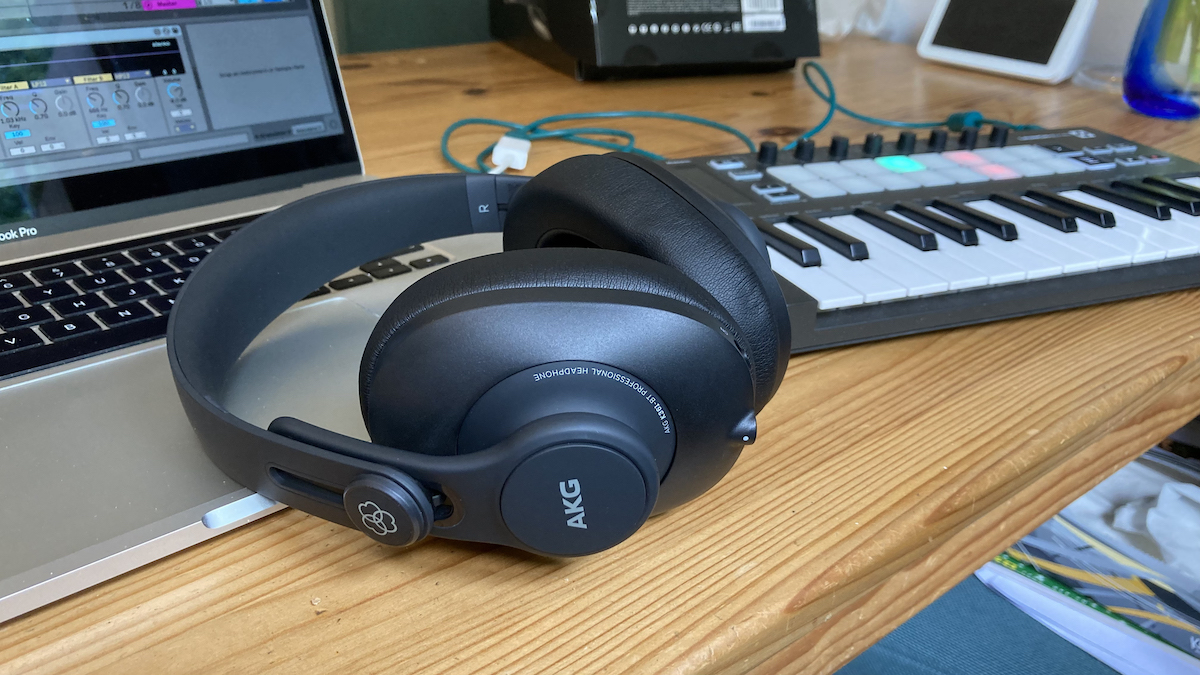
4. AKG K361
Our expert review:
Specifications
Reasons to buy
Reasons to avoid
✅ Buy if you value comfort: The elongated shape of the pads and light weight combine to make a studio headphone that's super comfortable for long sessions.
❌ Avoid if you need ruggedness: These headphones are mainly plastic, so might not put up with the rough and tumble of life on the road.
Few manufacturers come with more experience in the audio industry than AKG, and while the company's headphone range includes models like the K872 which cost over a grand, the K361s on test here are fortunately less than a tenth of the price, but still promise similar accuracy to that delivered by their elder K-sibling.
Specs include a wide frequency range of 15Hz to 28kHz – and the phones adhere to the AKG Reference Response Curve, a measure of performance over frequency gained from AKG’s tests on hundreds of listeners over many years of testing; basically this means you get both accuracy and detail. The bass response, for example, is controlled and tight and you will be able to distinguish which parts of your mix, if any, are clashing down under. It’s the same story across the rest of the range which is flat and accurate with the kind of joined-up thinking you get from much more expensive phones.
That should be enough for you but the 361s go two further; they are light in weight at 219g, and comfortable enough for long mixing sessions. Their closed-back nature means less spill for recording vocals and less intrusion while working, and they are particularly suited to mobile listening, offering good isolation alongside ease of wearing/carrying. In short, they have everything you need for headphone monitoring, and at an almost indecent price compared to their cousins. Ignore the plastic feel, as these are quality phones at a decent price.
Read more: AKG K-361 review
Best for versatility
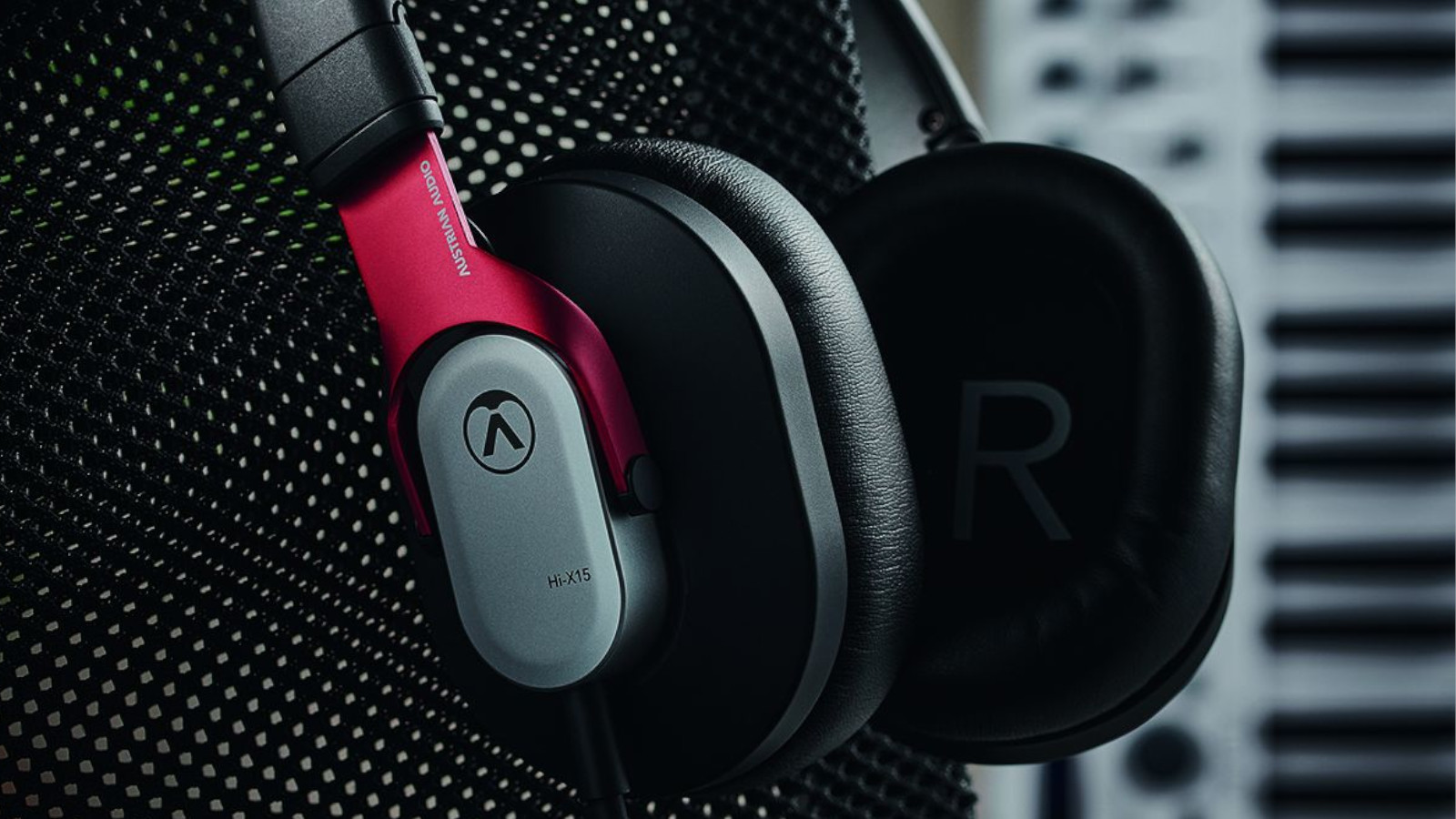
Specifications
Reasons to buy
Reasons to avoid
✅ Buy if you need versatility: With a balanced sound and excellent quality, these headphones will do the job whether you're tracking, mixing, or mastering music.
❌ Avoid if you need a long cable: The cable on the Hi-X15 is a little on the short side, something to consider if you've got a busy setup with long cable runs.
Austrian Audio has made impressive strides into the headphone sector, not least of which is the release of two budget studio-centric models, the Hi-X15 and its Bluetooth-enabled cousin the Hi-X25BT.
Featuring the company’s High Excursion Driver Technology, build quality is remarkable for the price, with strong, all-metal hinges and soft, slow-retention memory foam earpads. The cable is detachable, and therefore replaceable should the need arise, although we did find it a little on the short side at just 1.4m.
The sound is neutral yet nuanced enough to reveal all the detail and resonances in your mix. The Hi-X15s are versatile and durable enough to act as a great pair of headphones, and will cope easily with anything your or your studio cares to throw their way.
Read more: Austrian Audio Hi-X15 review
Best workhorse pair
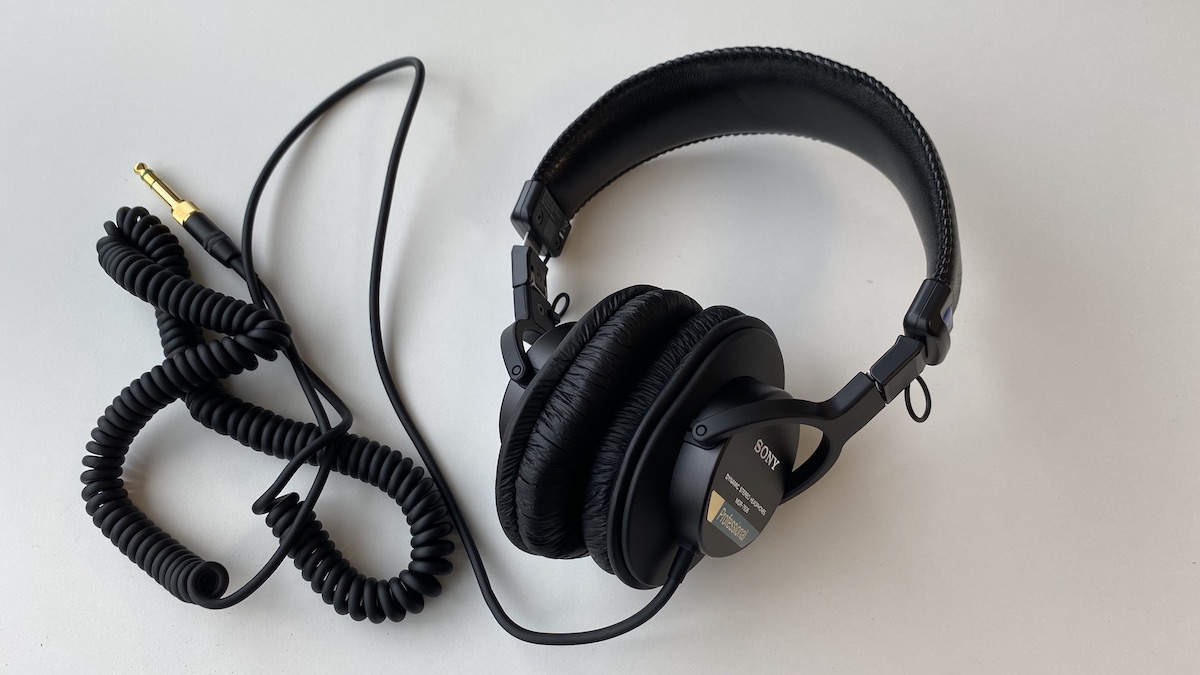
Specifications
Reasons to buy
Reasons to avoid
✅ Buy if you need rugged build quality: The MDR-7506 are studio stalwarts thanks to their ultra-durable build quality and revealing sound.
❌ Avoid if you dislike coiled cables: Not everyone likes a coiled cable, and this one is particularly long and heavy which could get in the way for some users.
Sony’s unassailable MDR series has been around for decades and has a solid studio pedigree, borne out by decades of daily use in the recording and broadcast sectors worldwide. The current incarnation, the MDR-7506, still represents a brilliant combination of comfort, practicality and value.
Extremely comfortable to wear for extended periods, these are designed to expose what’s wrong with a recording rather than what’s right. On a par with other cans costing twice as much, we found the sound to be punchy and clear throughout the spectrum (with a moderate boost in the upper mids), while managing not to be overly-flattering.
All in all the fact that these workhorse cans are available for well under a hundred bucks is not to be sniffed at. Thousands of studio engineers, radio producers and location sound recordists can’t be wrong!
Read more: Sony MDR-7506 review
Also tested
So those are our top picks, but there are may more great options to choose from that offer something a little different in terms of features and performance. We've selected some more of our recently-reviewed favorites below:
Sennheiser HD 25
Closed-back, on-ear | 16Hz - 22kHz | 70Ω | 1.5m straight cable | 140g
★★★★½
An iconic studio and location-recording favourite, Sennheiser HD 25’s have long been acclaimed by pros for their ability to handle high sound pressure levels and deliver excellent sound reproduction evenly across the frequency spectrum. In our experience, the HD 25 delivers punchy and accurate sound in a lightweight yet robust package that will last for years.
Read more: Sennheiser HD 25 review
AKG K240 Studio
Semi-open, over-ear | 15Hz - 25kHz | 55Ω | 3m straight cable | 240g
★★★☆☆
Featuring the classic AKG design with self-adjusting headband, the iconic K240 Studios’ unusual semi-open configuration makes them ideal for editing, mixing and mastering work. Comfortable ear pads fully enclose the ears, while the semi-open design takes the hard plastic shell of a closed-back design and perforates it with several large holes to expose the transducer, resulting in less low-end buildup and a more transparent sound than a conventional closed-back design.
Read more: AKG K240 Studio review
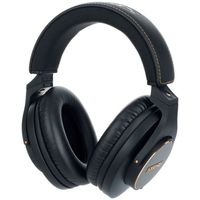
Shure SRH840A
Closed back, over-ear | 5Hz - 25Khz | 40Ω
★★★★☆
We love the SRH840A for tracking and monitoring during recording sessions, thanks to its excellent noise-rejection properties. The closed-back design ensures minimal distraction when laying down tracks, and they’re super comfortable for long sessions.
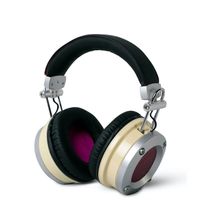
Avantone MixPhone MP1
Closed-back, over-ear | 18Hz - 25kHz | 16 ohms
★★★★☆
The MixPhones are hugely versatile budget studio headphones (albeit at the upper limits of most ‘budget’ budgets). Your money buys you a variable set of cans, with three settings and two voices for you to flit between. A three-way toggle is your access to the MixPhone’s ‘Vari-Voice’ functionality, offering you a full-range stereo, summed mono or a mid-heavy MixCube-esque frequency response to drill down into the ugliness of your mix.
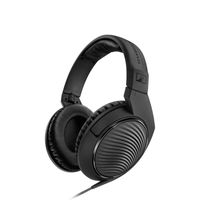
Sennheiser HD 200 Pro
Closed-back, over-ear | 20Hz - 20kHz | 32 ohms | 2m cable
★★★★☆
These headphones are beautifully priced, beautiful looking and beautiful sounding to boot. They’ve got huge low-end representation, which can make it much easier to mix bass-heavy music if you’re missing a sub from your speaker set-up.
FAQs
Choosing a set of studio headphones is a bigger decision than it might feel. These headphones are going to be your go-to for years to come, and will come to define your frame of reference for headphone mixing. Given you’ll be wearing them on your head a lot, you’ll want them to be comfy as well. No pressure, then! The budget studio headphones market is stacked, and even choosing between the best can be a tall order. Let the following essentials guide your instincts, and give you a little more resolve in choosing your new cans.
Budget studio headphones vs regular headphones – what’s the difference?
Just like monitoring through 'proper' studio monitor speakers, you want to hear an accurate representation of your music while using studio headphones. Many consumer headphones designed for casual listening are coloured to emphasise the bass and treble regions, just to make for a nicer listening experience. This means they aren't suitable for mixing with, as they are already emphasising specific frequency ranges – not telling you the whole truth, if you like!
If you use a set of headphones with artificially-enhanced bass for example, you might then find yourself reducing the bass in your mix to compensate and your resulting mixes would sound bass light on any other system. Studio headphones, then, seek to give you an accurate picture of what’s going on in your mix so that you can focus on detail, balance out the levels of all frequencies and more easily correct any problem areas.
What are the three main headphone types?
There are three main types of headphone: Over-ear (circumaural), on-ear (supra-aural) and in-ear (intra-aural). The first two, circumaural and sub-aural, can both be split into two main headphone subtypes: open-back and closed-back.
Closed-back headphones are as they sound; each driver is fully enclosed and insulated, reducing spill from playback. Spill like this can be a problem if you or your performer likes to monitor loud – the spill might be picked up and recorded along with their performance! So when recording performers with microphones, closed-back is usually the way to go. For mixing and mastering, the closed-back design also serves to keep external sound out, so you can focus on the music.
Open-back cans, meanwhile, worry not about insulating their drivers. Each ear-cup has an open back, which enables the drivers to ‘breathe’ a little more. They have a more natural, ‘open’ sound in comparison to closed-back headphones as a result, which makes these types of headphones far better for mixing than for monitoring. Their open character reduces ear fatigue, but also makes them prone to spill – and hence less ideal for use in recording scenarios.
In-ear monitors, or IEMs, are in-ear solutions designed specifically for live performance scenarios. Good IEMs are moulded to the user’s ears, in order to provide a good seal that insulates the ear from sound – both to protect the ear from the high decibel levels of live performances and to ensure the monitor mix isn’t fighting for precedence. These can be used in studio settings, particularly rehearsal scenarios, but are not the ideal solution for anyone in the producer’s chair.
Frequency range and frequency response – what do you need to know?
Frequency range describes, funnily enough, the range of frequencies a given set of headphones’ drivers can reproduce. Though the human ear can only explicitly detect audio up to around 20kHz – an upper boundary which inevitably lowers with age and hearing damage (the latter being an unavoidable occupational hazard for us folk) – well-designed studio headphones will post frequency ranges that reach above 20kHz; this is because there’s a lot of information up there that can subtly impact the way we experience lower-pitched sounds.
Frequency response, meanwhile, describes how the drivers interpret the frequencies they hear. Some drivers will naturally boost certain signals over others, or have frequency ‘blind spots’ that can trip up headphone mixes. The ideal studio headphone has a completely flat frequency response, with even representation of every frequency. This isn’t possible in reality, and it’s only the uber-expensive models that get anywhere truly close – but some budget headphones are surprisingly well-balanced in this regard.
How comfortable are budget studio headphones?
Working on music is, invariably, a time-consuming exercise. Wherever you are in the creation process, you’ll be spending a great deal of time in your headphones – and, as such, you want your headphones to be comfortable.
The padding on your choice of headphone’s ear-cups will govern much of your comfort when in the chair. Some budget headphones will suffer from poor padding, leading to sorer ears sooner in your session; not all budget headphones are built alike, though, and those on this list tend towards the more thoughtful when it comes to ear comfort and cup design!
Lastly, people tend to lose body heat through the top of the head, so make sure your headband and ear cups aren’t going to make you sweat excessively. Lightweight phones help here – as they do with overall comfort.
What does impedance mean?
Impedance is a bit of a difficult concept to properly get your head around without some form of formal education in electrical engineering – but is nonetheless a key thing to have some sort of grip on when choosing your budget studio headphones. Impedance can be thought of as a dynamic form of resistance – essentially, the ‘load’ that an output device ‘sees’. Matching the impedance a device expects with the impedance of your phones is key to good sound and volume performance, so consider where you’ll be using your cans and what type of gear you’ll be plugging them into.
The higher the quoted impedance, the higher the level of signal needed to drive the headphones properly so that they sound good. High-impedance headphones are designed for high-power output signals, typically found in professional studio environments via dedicated headphone amplifiers or interface outputs. Low-impedance headphones, conversely, are designed to receive quieter output signals from low-power sources like your consumer devices. In practice, this means that low-impedance headphones will be LOUD when plugged into high-output equipment, and that high-impedance headphones will be quiet if used casually.
The high impedance of pro headphone models ensures a better sound resolution from the sources they expect to be used on. Since budget studio headphones are aiming more at versatility than fidelity, most of the cheap studio headphones on this list are low-mid impedance models, ranging between 32-80 ohms. That said, some brands – Beyerdynamic is the most notable example – offer a choice of different impedance ratings for their cans, so you can pick the one most suited to your needs. They range from a consumer-device-friendly 16 ohms all the way up to 250 ohms for professional studio applications.
How long should your headphone cable be?
For everyday use, a 3m-long cord might be a bit of a nuisance, getting tangled up in everything and in the way, whereas in studio applications, a longer cord can be useful. Playing an electronic drum set, for example, or playing electric guitar while standing, you may welcome the extra length, as a 1.5m cable often won’t cut it.
One solution is a detachable cord that can be replaced with various lengths, so some headphones come with swappable cables for different use cases – two straight cables, in 1.5m and 3m lengths, plus a 1.5m coiled cable, for example. Coiled cables are more versatile for studio use as they’re literally more flexible and less prone to tangling than long, straight cables. Due to their excess weight, however, they tend to be less suitable for everyday mobile listening.
Wireless vs wired headphones: which is better?
When it comes to headphones aimed at home listening, gaming or other day-to-day uses, wireless Bluetooth connectivity is becoming a pretty-much standard feature. So is it time to invest in a set of Bluetooth headphones for the studio too?
The short answer is no. You’ll notice that our guide here largely avoids wireless headphones, and the simple reason behind that is that wireless connections cause latency – i.e. a delay between the sound playing on your computer and you hearing it. For a whole multitude of reasons, tight timing can be key when recording and creating music, so latency is best avoided. Wireless headphones can also hinder the audio quality too.
While the technology is certainly improving, right now we’d suggest relying on wired listening in the studio. That said, an increasing number of headphones now let you have the best of both, with options for both wired and wireless operation, which could be a great option if you’re looking for a pair to use both in the studio and on the go.
How we test budget studio headphones
As with studio monitors, we test headphones with a variety of reference tunes – mostly very well produced standards, but some of our own trusted mixes as well. We use these to check frequency response and general overall quality in terms of spatial response and playback, and in terms of how good the phones are at delivering a response at low volume levels – the levels you should be mixing at to protect your ears.
We also test how good the isolation is. For mixing you might prefer less intrusion from the outside world so you can focus on the main elements in your music, so isolation is a key factor. The weight and comfort of the phones is also an important consideration, as you'll likely be wearing them for long sessions in the studio (although we obviously recommend taking regular breaks). Most of the time, the lighter the better but how the headphones embrace your head is important. Too loose is obviously not good, but too tight can mean too hot.
Read more about how we test music making gear and services at MusicRadar.
Why trust us
✔️ Over 50 pairs of studio headphones tested
✔️ More than 9,500 reviews on-site
✔️ 17 years of product testing
Since 2007 MusicRadar has been helping musicians of all kinds, whether they're guitar players, drummers, producers, keyboard players or DJs. We've been testing music gear for a long time, pouring hundreds of thousands of hours into testing the latest products, and our team of highly experienced industry professionals collectively have over a century's worth of knowledge from real-world music-making.
MusicRadar has been the go-to place for musicians looking for the latest news, best gear reviews, and how-tos for 17 years and counting, irrespective of your particular instrument, or favourite music genre.
As well as providing the best online music content, MusicRadar also hosts content from stalwart magazine brands including Future Music, Computer Music, and eMusician. We receive three million visitors per month, making us the preeminent destination for music makers and lovers worldwide.
Related buyer's guides
MusicRadar's got your back
- Make fire in the booth with the best DJ headphones
- The best studio headphones under $200/£200
- Practice more with the best guitar amp headphones
- Best headphones for drummers: for the studio, rehearsal room and stage
- The best podcasting headphones for your rig
- Best budget in-ear monitors: great cheap in-ears for musicians
Want all the hottest music and gear news, reviews, deals, features and more, direct to your inbox? Sign up here.
Dave has been making music with computers since 1988 and his engineering, programming and keyboard-playing has featured on recordings by artists including George Michael, Kylie and Gary Barlow. A music technology writer since 2007, he’s Computer Music’s long-serving songwriting and music theory columnist, iCreate magazine’s resident Logic Pro expert and a regular contributor to MusicRadar and Attack Magazine. He also lectures on synthesis at Leeds Conservatoire of Music and is the author of Avid Pro Tools Basics.
- Matt McCrackenJunior Deals Writer
- Andy Jones
- James GrimshawFreelance writer
